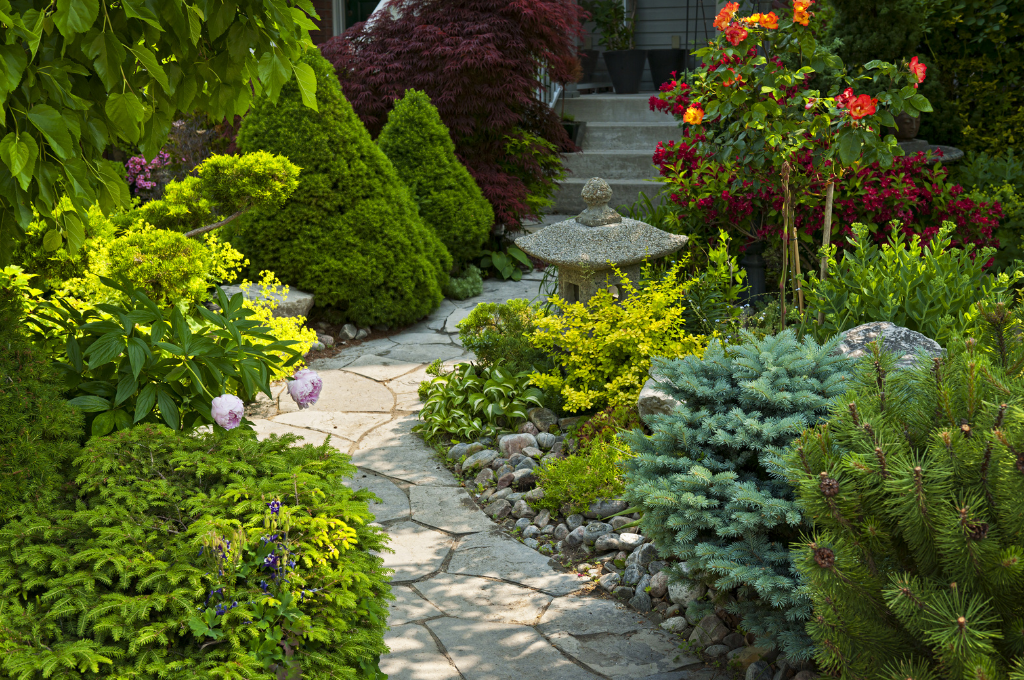
The price of living is rising, but wages don’t seem to be following. Some say we’re heading for a recession. Many people are trying to save money with the uncertain future ahead of us. But life goes on! We still want nice things; we want a lovely home and a nice garden. You might think that landscaping a garden is a big-ticket item, especially if you’re on the nice side of Sydney or another part of Australia. Can you DIY your garden while getting a professional finish and save money?
Are you looking to elevate your humble lawn into an enchanting oasis? Do you yearn for cost-effective strategies to transform your backyard into a little piece of haven? You’re in luck! A wide range of budget-friendly options exist to transform your outdoor space into a breathtaking personal oasis. Together, we’ll embark on a journey to discover eco-conscious techniques that will effortlessly transform your backyard into a haven of tranquillity, welcoming visitors and enhancing the overall appeal of your home. Let this article guide you to transforming even the smallest patch of ground into a breathtaking landscape that will leave a lasting impression.
Let’s Get Started
Designing your garden at home is a rewarding endeavour that can help you save a lot of money. But it’s not only about the money; when you transform your garden, it becomes something you can be proud of. With a few simple tips and a touch of creativity, you can change your backyard into a show-stopping oasis in a dry landscape that will leave your neighbours green with envy. All it takes is careful planning, thoughtful execution, and some elbow grease, and you can create a stunning garden without breaking the bank, but you will need to break a sweat. And, if you’re seeking an expert touch to elevate your landscaping to the next level, consider engaging the services of a Sydney landscape design expert.
The Design
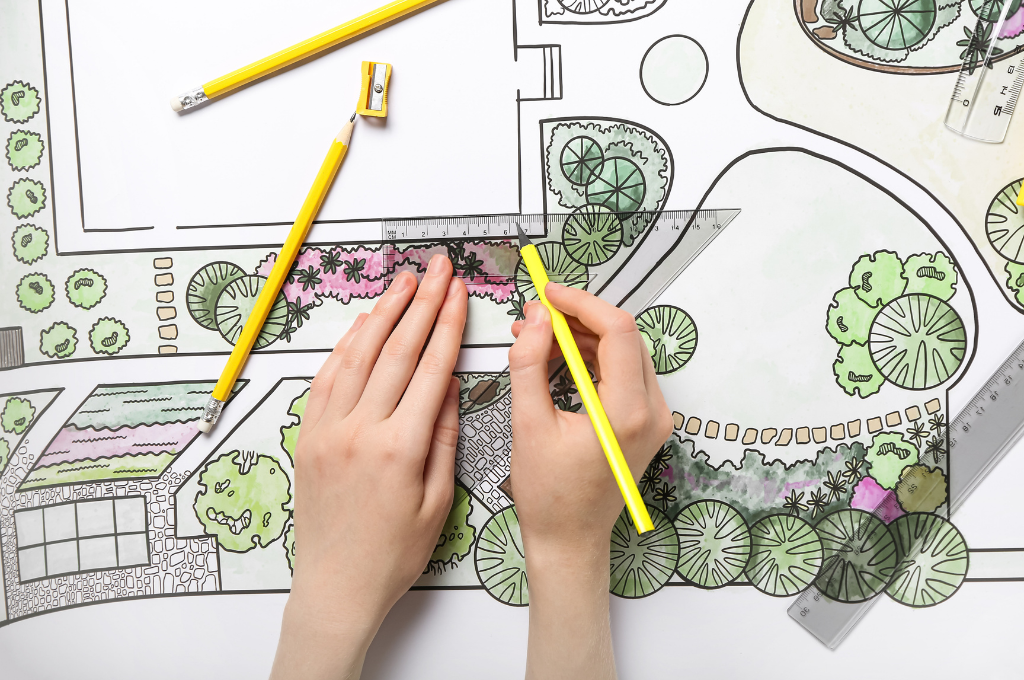
Many people think they must hire a professional to get the job done right when it comes to garden design. While a professional will help you get a much more breathtaking backyard, you can easily design your garden and save a lot of money with some creativity.
Here are a few tips on how to get started:
- Have a clear vision of what you want. Before you do anything, you must know how you want your garden to look. Do your homework; look at photos online, search on Pinterest, and look at landscaping magazines to get an idea of what can be achieved and your style.
- Get it on paper. Once you clearly understand what you want, sketch your design. Having it on paper will help you visualise the space and ensure everything fits before digging. You’ll probably find that once you see it on paper, you’ll see new opportunities, which will help you start planning where everything will go.
- Choose your plants. All plants are alive; just like people, they’ll behave differently according to their surroundings. The weather, temperature, soil and sunlight can affect what will thrive in your garden and what will sadly die. So, research which plants will thrive, what will help with the aesthetics and what is allowed in your area. Ensure that you’re garden is sustainable.
- Hardscaping: Before you look at any plants, ensure that all hardscaping is finished; this includes patios, landscaped walkways, retaining walls, water features, swimming pools, fire pits, lighting, grill surrounds, pergolas and most importantly, BBQs!
- Start planting. The fun and heavy work is about to begin, so grab a spade and start digging! Start with the easy-to-care-for large accent plants, like trees, hedges and palms, then integrate smaller, more delicate plants, such as flowers and herbs. Finally, add any ground cover or turf to create complete coverage throughout the space.
- Enjoy. If everything has gone according to plan, and you have made sure to plant everything carefully and according to your plan, you can sit back and enjoy the fruits of your labour, your new outdoor living area!
The Tools You Need
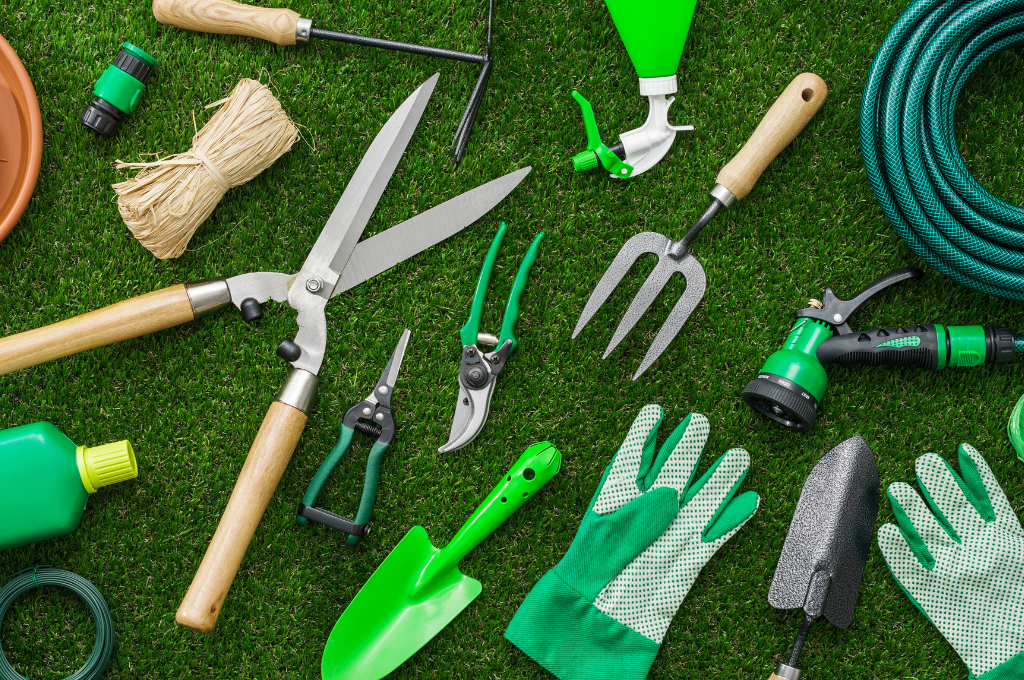
Starting a garden can be fun and rewarding but requires some tools and supplies. So here is a list of must-haves to create your garden on the right foot.
- Pruning Shears, also known as secateurs: This small tool is indispensable for shaping, trimming, and maintaining plants. In the right hands, they promote healthy growth and prevent disease. When buying pruning shears, look for comfortable handles, sharp blades, and corrosion-resistant materials.
- Garden Fork: Essential for digging, turning, and aerating soil. It’s great to loosen compacted soil, improving drainage and allowing roots to penetrate more easily. This promotes healthy plant growth and reduces the risk of root rot. Look for a garden fork with solid and durable tines and a durable handle.
- Spade: Ideal for digging holes, trenches, and transplanting larger plants. It’s also needed to break up hard soil and move heavy loads of dirt. Choose a spade with a sturdy wooden or fibreglass handle and a sharp, durable blade.
- Hand Trowel: A versatile tool for transplanting seedlings, planting bulbs, mixing potting soil, and, when needed, digging up weeds. It’s the smaller cousin of the spade, which allows precise digging and handling of delicate plants. Select a hand trowel with a comfortable handle, sharp blade, and lightweight construction.
- Hoe: Essential for weeding, cultivating, and controlling pests. Its flat blade slices through weeds at the base, preventing them from regrowing. It can also aerate the soil and create shallow furrows for sowing seeds. Choose a hoe with a comfortable handle, a sharp, durable blade, and a weight that suits your strength.
- Wheelbarrow: A must-have for all gardens. It’s needed for moving heavy loads of soil, compost, plants, and gardening supplies around the garden. It saves your back and makes transporting materials more manageable and more efficient. Choose a wheelbarrow with a durable frame, large wheels, and a comfortable handle.
- Garden Hose and Nozzle: A garden hose and nozzle are used to water large areas of the garden. The nozzle allows you to control the water flow.
- Watering Can: A watering can is used to water plants directly at the roots; it’s much more controlled than its counterpart, the garden hose.
- Garden Gloves: Garden gloves protect your hands from hard weather conditions, dirt, thorns, and sharp objects. They provide comfort and prevent injuries while gardening. Choose garden gloves that fit snugly, are made from breathable material, and offer adequate protection.
- Sunscreen: Don’t forget your sunscreen! Spending time in the garden can lead to sunburn, which can lead to skin cancer. The long-term benefits of sunscreen have been proved by scientists, so stay safe!
Professional Design & DIY Manpower
Some companies will offer online landscape design if you’re not the creative type or feel you want a professional design. The great thing about these services is that you get a great-looking design, and maybe more importantly, they’ll recommend plants that will grow well in your garden. So, it takes all the guesswork out of landscaping your garden.
Then, all you have to do is do the heavy lifting. So, you can still be proud of a job well done. And as you’ve had professional advice, you know as long as you keep up the maintenance, you’ll be able to be proud for years to come.
Too Much Hard Work?
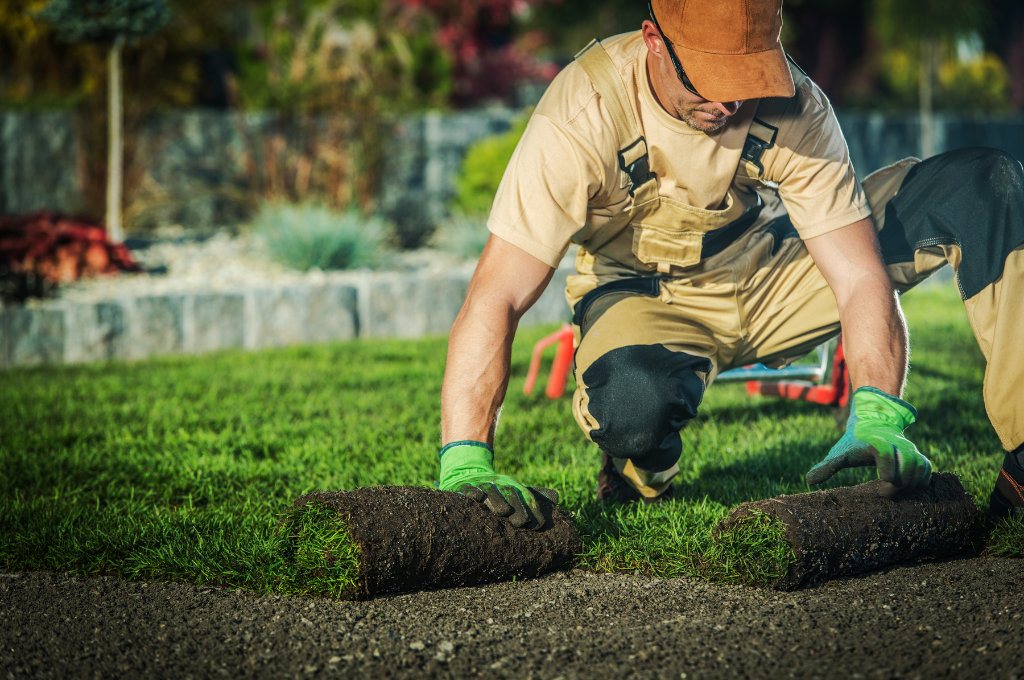
Many will have gotten this far in the article and think this sounds like too much hard work. And I understand! I love gardens, and I love seeing the finished product, but landscaping can be backbreaking work.
Another problem I have is while I’m pretty good at all the heavy lifting, I don’t have green fingers; everything I touch seems to wither and die.
I prefer to pay a professional landscaper to deal with the garden. They do a much better job than I can ever do; they take the garden to a new level. And it’s normal; they are professionals. How can I compete against a team of professional landscapers devoted to landscaping in Sydney? At least, that’s what I’m telling my significant other every chance I get. A good landscaping service will bring the client’s vision to life and, in the long run, might save money as they get the job done right on the first try, so no dead plants, no landscaping, then finding out halfway through that want we thought we wanted doesn’t look right in our space.
So, how do you find a good Sydney landscape design professional? Here are a few tips on how to find the right designer for you and your home:
- Research. There are many different landscape designers, some good, some bad, and some cowboys pretending to be landscapers. Doing your homework and finding a good landscaper that fits your needs is essential. So, read reviews online, ask friends or family, visit local garden shows and meet with designers in person.
- Budget. Before you do anything, you must know how much you will spend on your project. Doing so will help narrow down your options and ensure you get the most value for your budget.
- Communicate. Once you’ve found a landscape designer you like, clearly communicate your vision and needs. For example, show them a mood board, drawings and pictures of gardens you want, tell them about the style of plants and flowers you prefer, and let them know your expectations and how much maintenance you’re willing to do. The better you communicate your needs to the landscape designer, the better they’ll be able to do their job and the happier you’ll be.
- Respect. Ensure the landscape designer you choose listens to your ideas and respects your opinion. Some designers couldn’t care less about what their clients say and continue pushing their own agenda, and in the end, you probably won’t be happy with the final result. There needs to be a comfortable working relationship where both parties are pleased with the final product.
Key Takeaways
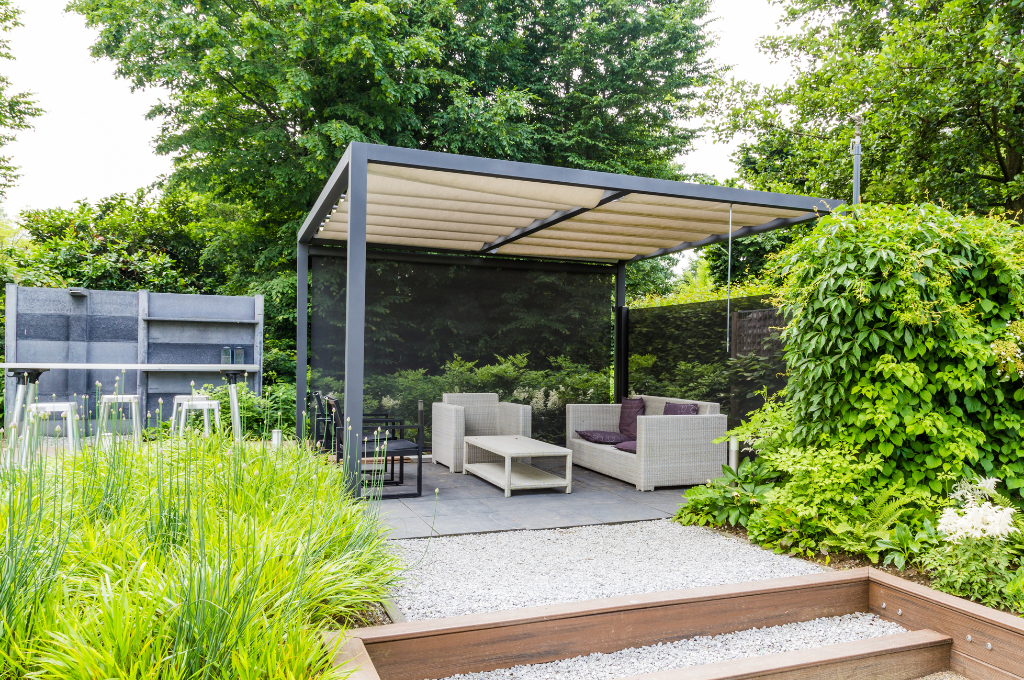
Whether you choose the DIY route or opt for professional landscape design services in Sydney, the key to a successful garden transformation lies in careful planning, creativity, and understanding your personal preferences and budget.
For those inclined towards DIY, a well-thought-out plan combined with the right tools and a touch of elbow grease can create a stunning outdoor space that reflects personal achievement and pride. On the other hand, enlisting a professional landscape designer can bring expertise and finesse to your garden, ensuring a sophisticated outcome tailored to your specific desires and lifestyle.
Remember, the journey of landscaping your garden, whether done personally or through professional help, is a rewarding process that not only enhances the beauty of your home but also provides a sanctuary for relaxation and enjoyment. As you embark on this journey, keep in mind your vision, budget, and the level of maintenance you are willing to undertake. Whether your garden is a self-made masterpiece or a professionally sculpted haven, the goal is to create a space that brings you joy, peace, and a sense of accomplishment. Happy gardening!
